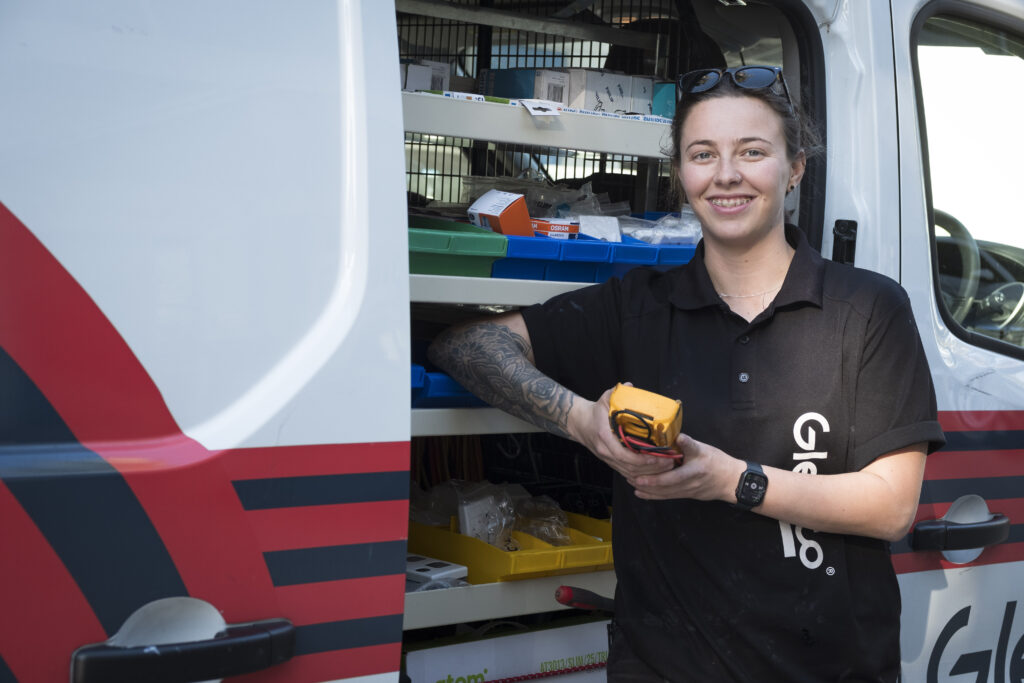With Australia’s uptake of new technology, homeowners are starting to ask how they can upgrade their homes to support Electric vehicle charging and how much is costs to install and operate.
We have put together a list of general questions to help homeowners understand the requirements and costs of installing a personal Electric Vehicle charging station.
There is an upfront cost in moving to an Electric Vehicle for buyers.
Do Electric Vehicles need a commercial three-phase power supply?
Not all houses in Australia possess 3 Phase power, if your property does not, you may need to arrange for it to be installed.
This is by far the best way to quickly charge your Electric Vehicle (EV) if you drive each day you will want to replenish it as quickly as possible through fast charging.
The vast majority of single electric vehicle homes will not require three-phase power.
Newer EVs have larger battery packs and can make use of load sharing electric vehicle supply equipment (EVSE) car apps, and EVSE phone apps, which will enable hassle-free charging without the need to install three-phase power.
As an example of the evolution of the EVs themselves, a new Hyundai Kona electric on a single-phase 32A (7kW) will be fully charged and ready to go in approximately 9 hours. No question having three-phase power will assist to charge your EV faster.
Though unless you have an additional need for three-phase power in the home such as a very large air conditioning system the costs of upgrading outweigh the benefits for the EV owner.
How much do electric vehicle home charging stations cost to install?
The cost to install an electric car charging station varies depending on several factors:
- The size and type of home
- How old the building is
- If there’s an existing power supply
- Where the charger will be installed
- Installation of Solar Panels and Electrical Storage Batteries.
Installation of the most basic of Mode 2 EV Chargers that are supplied with the car can be connected to a standard wall plug and used for charging, with no installation costs.
Although simple, the Mode 2 Charger is very slow and will not fully charge an EV Battery from Flat to Full overnight.
The best place for homeowners to connect their electric vehicles chargers are in the garage.
Adding and connecting solar and battery systems among other factors may increase the complexity and the cost of the installation.
Regardless of the type of installation that you choose it is imperative to have a quality installer complete the work for you.
Correctly installing the EVSE protects the home from fire and other risks that poor quality electrical work can cause, as well as protecting your new EV from damaging the converter, batteries and electrical circuitry of the vehicle.







